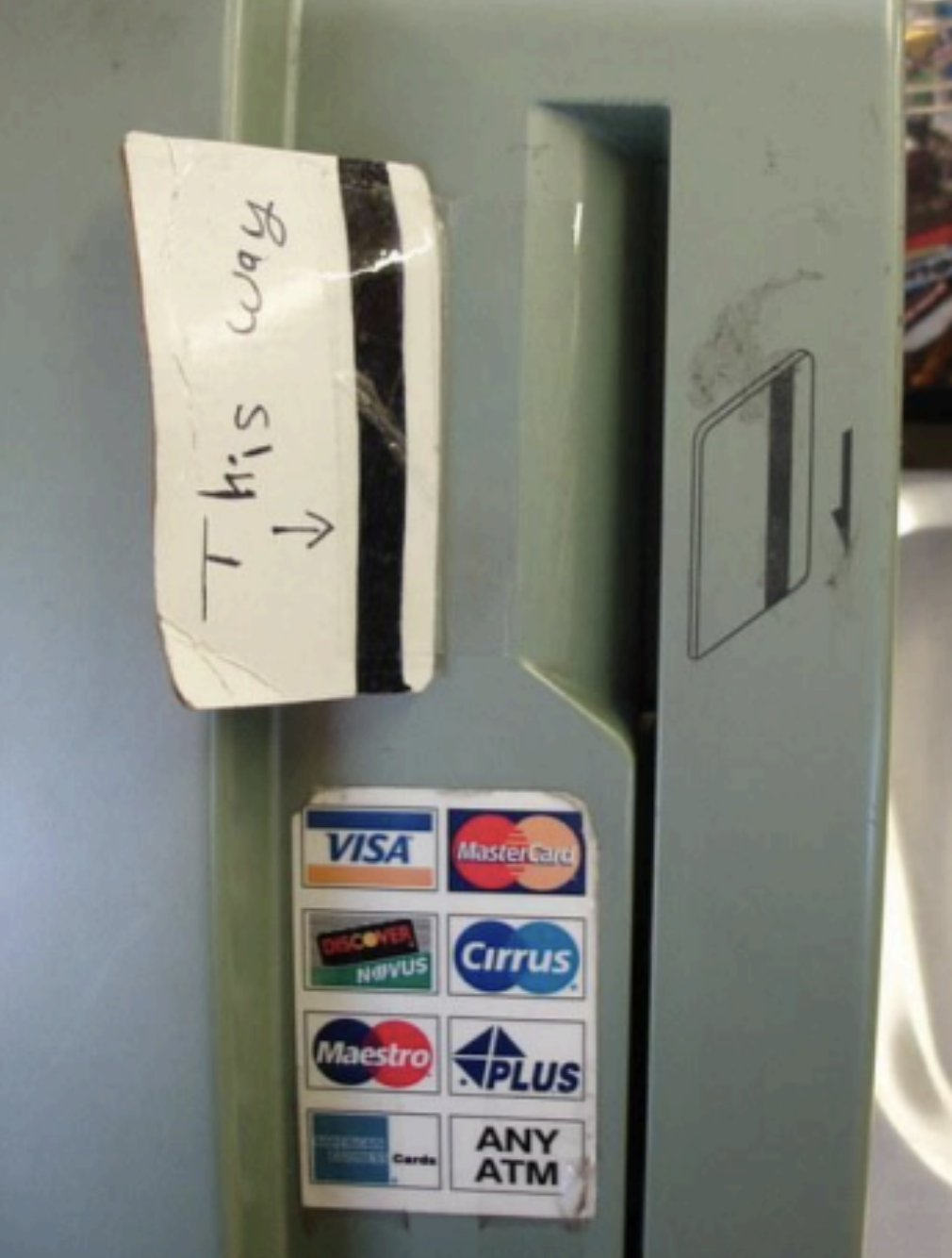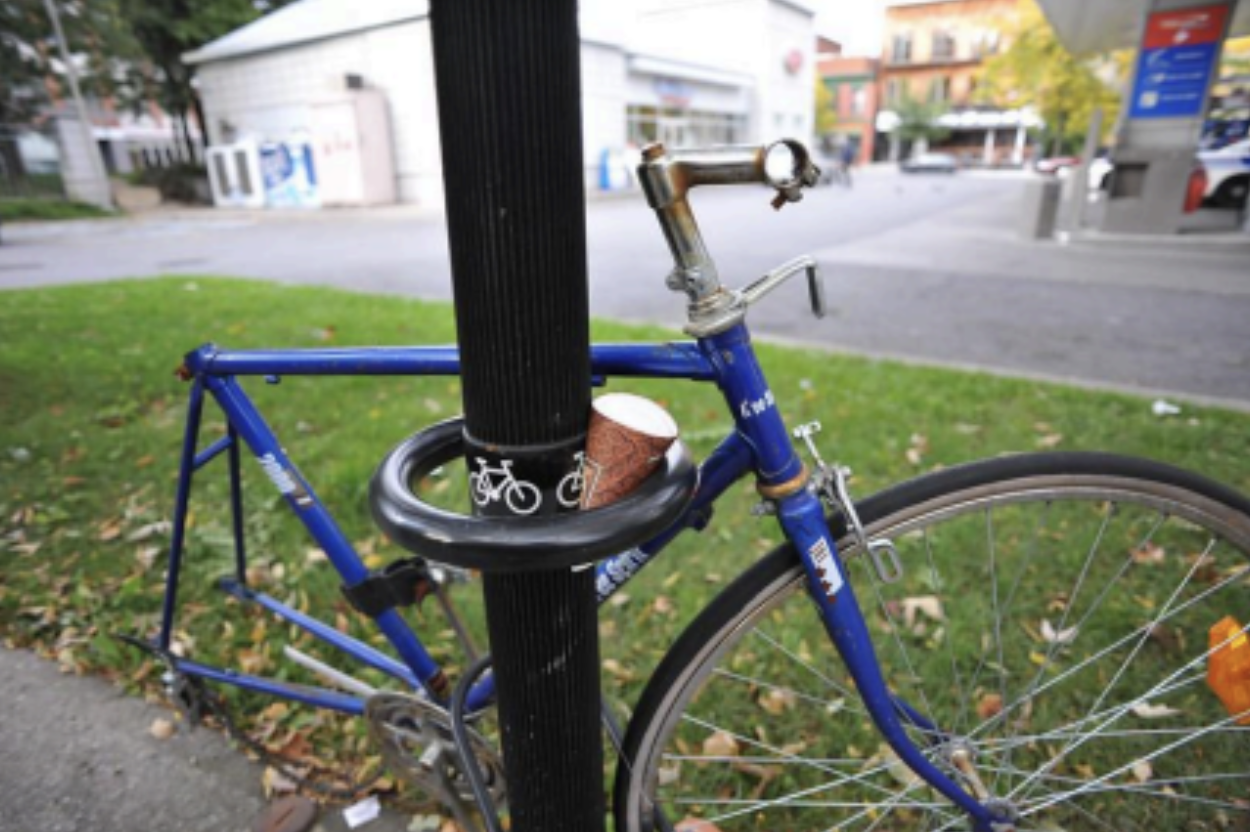Exercises to Build Design Strength
It’s useful to know that design is something you can learn and improve at through practice. Like a strength trainer building muscle, growing design strength takes patience, consistent effort, and continually pushing yourself. A good designer is not something you become immediately. For this reason, it is important to continually practice design so that you can build design strength.
I’ve been trying to find ways to strengthen my ‘design muscles’, looking for what great designers do to strengthen their design skills. I’ve been searching for and trying out different exercises to strengthen different design muscles, just as a strength trainer might use various techniques like bodyweight exercises and resistance training to strengthen their whole body. And while I’ve compiled a list of exercises, it’s important to remember that none of these are going to suddenly multiply your design strength. These are practices that you can ponder, try, and try again to exercise your design muscles. Think about the ones that stretch you and why they stretch you. Come up with your own ideas too. Remember that just like in exercise, consistency in frequent practice is essential for long-term growth.
Building design strength by being open to feedback: “I like, I wish”
One of the first places that I went in my quest to find what great designers do to get stronger was IDEO. They are experts in design thinking and human-centered design, so I wanted to see what they did to practice. I read their short course [1] on creative confidence, based on a book by David and Tom Kelley. You could read the book, or the short course on their website. They have many great practices for growing as a designer. The one that changed my thinking the most was their creativity challenge #5, called “I like, I wish”.
The purpose of I like, I wish, is to encourage positive constructive feedback in a group setting. It can also help you become better at receiving feedback. Here are the instructions, with a twist so you can run it yourself.
Figure 1. Image by Brooke Cagle on Unsplash
Exercise 1: “I like, I wish”
Time: 10-30 minutes, broken up throughout the day or at once
Participants: You’ll need a few people to talk to, such as people you interact with throughout the day or members of a team meeting.
Materials: a design you want feedback on, and a way to record feedback (notcards, word doc, etc)
Steps
1. Let the person or group understand you are open to feedback by asking them to give feedback in the form of an I like, I wish statement such as: “I like the weight of the handle, I wish it was more grippy so it felt more secure.”
2. Allow them to continue giving feedback while you record the feedback. As the designer, be sure to just listen and record as opposed to trying to justify or clarify. Remember that the feedback is an offer of help from this person. End once they have no more I like, I wish statements.
The next time you have a design you want (or need) feedback on, consider using this approach. Afterwards, be thoughtful about how it changed (or didn’t change) the way you approached the feedback.
Building design strength by understanding the problem: Reframing Design Problems
One of the concepts that has most changed my perspective on design and made me a better designer is understanding how to frame and reframe design problems [2]. Reframing design problems is all about learning how to find the most helpful question or problem to solve when creating a design solution. Reframing involves a shift in perspective to better understand the problem.
Figure 2. Image by pine watt on Unsplash.
If you’re not familiar with the concept of problem framing, there’s a helpful example often used that I’ll describe here: An apartment building has been receiving complaints from tenants that the elevator is slow. The problem is so bad that the tenants want to move to a different building.
Pause to consider this problem. What comes to mind? Many people immediately start to think of ways to solve the problem: installing a new elevator or changing the way the elevator prioritizes floors. What if this isn’t the real issue though?
Another way of thinking of this problem is a human-centered way, considering how to make the elevator wait more enjoyable for tenants. This is reframing. By reframing and shifting our mindset, other possible solutions appear: installing mirrors or hand sanitizer to make the wait more pleasant and less boring. In the end, installing mirrors stopped the tenant complaints.
Thomas Wedell-Wedellsborg, a consultant and speaker, said of this scenario, “Note that the initial framing of the problem is not necessarily wrong. Installing a new lift would probably work. The point of reframing is not to find the “real” problem but, rather, to see if there is a better one to solve [3].” As I have learned to reframe problems, I have noticed that a good reframe leads to innovative and more human-centered solutions.
The exercise for reframing is adapted from Wedell-Wedellsborg, who gives seven principles to use in reframing problems. For the exercise, I adapted them into question form to help spark thinking.
Exercise 2: Reframing through Questions
Time: about 30 minutes
Participants: ideally, a team you are working with, but it could be individual Materials: a way to record feedback (notcards, word doc, etc)
Steps
1. Explain the concept of reframing to the group and why it is important. Use the elevator example if that is helpful. Explain the problem you want to reframe as you understand it currently.
2. Now, answer the questions together. They aren’t in a particular order.
a. What ‘boundary spanners’ can we bring into the discussion? These are people who have context about the problem and an outside perspective. Think about it, and then go find those people.
b. What is wrong? Have each person in the group write their definition of the problem. Seeing different definitions can spark new perspectives,
c. What is the problem description leaving out? For this, take your problem frame and imagine it wider. What was being left out?
d. What kind of problem is it? Try to categorize the problem. Try on different categories to find new ideas.
e. What positive exceptions are there? When is this problem not a problem? Expanding your scope and finding some existing solutions can help.
f. What are the objectives? Think about them, and challenge them. Ask stakeholders what matters to them and try to find what really matters.
3. Take some time to reflect and record new insights.
Two other great exercises for reframing are included in Chris Mattson’s article on the topic [2]. These two exercises are the 5W method and empathy mapping. Each one only takes a few minutes, and I highly recommend both as ways to strengthen your reframing abilities.
Building design strength by noticing needs: Intentional Observation
Good designers know the importance of finding a good problem or pain point to solve. They also know how important the needs of the user are. I love Jane Fulton Suri’s book Thoughtless Acts? [4]. It is a compilation of photos showing everyday struggles people have and some clever everyday solutions people have for them. This book inspired me to see the world in a new way, to intentionally observe, and have more honor for the ways people solve their own design problems everyday. After doing this activity, you’ll notice a difference in the way you see the world. You’ll be developing a design mindset.
The photos I use come from a fun little Flickr group inspired by Suri’s book.
Exercise 3: Picture the need
Time: 7 minutes
Participants: just you
Materials: the pictures below, or observing people in the real world, and a way to take notes.
Steps
1. Take about 1 minute or so to look at each photo below. Try to identify the human centered need that is trying to be met in the photo. Write down your thoughts.
2. Take a minute to look at the “key”. It isn't the right answer, just more ideas. What were some things you didn’t notice? What new ideas do you have?
This activity can be done again in many different ways. Look at the Flickr group or book, or better yet find your own examples as you are out in the world. Develop a mindset of looking for unmet needs and how people try to meet those needs.
Figure 3. Image by Nadav Savio on Flickr. People were confused about which way to swipe their card - solved it with a simple scrap.
Figure 4. Image by Julian Bleeker on Flickr. Needed a place to store things accessible - solved it with rubber bands.
Figure 5. Image by Josh on Flickr. The child thinks the circle is a button for water, but the sink is motion activated.
Figure 6. Image by Julian Bleeker on Flickr. Needed a place to store a drink, or maybe a trash can.
Conclusion
I chose each of these design exercises because they are ones that have helped me build different aspects of my human-centered design strength. “I like, I wish” has helped me understand the real needs of people who use the designs I make. I’ve seen how reframing design problems has helped me recognize the more human need at the center of tricky design problems. Taking time to picture the needs of others through intentional observation has helped me recognize design problems I had never considered. Practicing these exercises can help you build your human-centered design strength too!
Try out the exercises in this article. After each exercise, take a moment to ask yourself: how have I grown as a designer? what principles will I adopt into my design philosophy? Find your own exercises and keep putting in the consistent, small efforts. Just like in exercise, design strength is something that takes time and effort to grow. It’s okay to start small, and I have found that the times when I take even just a few minutes throughout the week seeking feedback or intentionally observing, I have grown as a designer. As we grow in our design strength, we can help design meaningful solutions for people.
References:
[1] “Build Your Creative Confidence: I Like, I Wish.” Accessed: Dec. 02, 2024. [Online]. https://www.ideo.com/journal/build-your-creative-confidence-i-like-i-wish [2] “Design Thinking Part 4: Framing and Reframing Design Problems,” The BYU Design Review. Accessed: Dec. 02, 2024. [Online].
[2] “Design Thinking Part 4: Framing and Reframing Design Problems,” The BYU Design Review. Accessed: Dec. 02, 2024. [Online]. https://www.designreview.byu.edu/collections/design-thinking-part-4-framing-and -reframing-design-problems
[3] T. Wedell-Wedellsborg, “Are You Solving the Right Problems?,” Harvard Business Review, Jan. 01, 2017. Accessed: Dec. 02, 2024. [Online]. Available: https://hbr.org/2017/01/are-you-solving-the-right-problems
[4] J. F. Suri and IDEO, Thoughtless Acts?: Observations on Intuitive Design. Chronicle Books, 2005.
For More:
- https://www.ideo.com/search?query=thoughtless+acts
- K. Liu, “Establishing a Daily Design Practice,” Envato. Available: https://medium.com/envato/establishing-a-daily-design-practice-1a61c30c24d7
To cite this article:
Olson, Brooklyn Clark. “Exercises to Build Design Strength.” The BYU Design Review, 27 May 2025, https://www.designreview.byu.edu/collections/exercises-to-build-design-strength.











